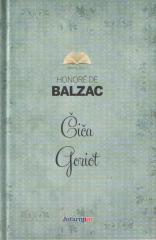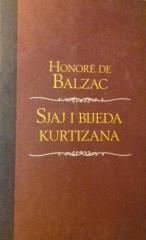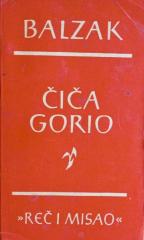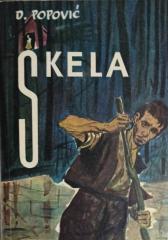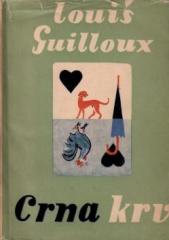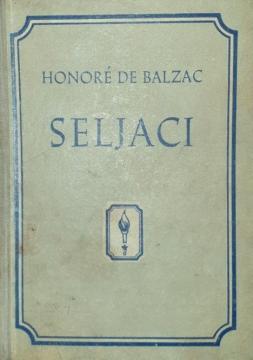
Seljaci
The novel The Peasants (1844) is a realistic depiction of French rural life in the first half of the 19th century. The book leaves the impression of a tragic struggle between the old order and new social forces, making it a key work of French realism.
Set in Burgundy, the novel explores the conflicts between the peasantry, the aristocracy, and the bourgeoisie after the French Revolution, focusing on social and economic tensions. The main plot follows General Montcornet, the owner of the Aigues estate, who attempts to modernize agriculture, but is met with resistance from the peasants led by the cunning Tonsard and his family. The peasants, resentful of the manorial privileges and hungry for land, resort to theft, sabotage, and intrigue.
Balzac depicts in detail rural life, poverty, and moral degradation, as well as the greed of the bourgeoisie, embodied in characters such as Gaubert, a manipulator who manipulates for his own benefit. Through the complex relationships of the characters, the novel reveals class conflicts, corruption, and the ruthless struggle for power and land. Balzac's naturalistic style, with its rich descriptions of nature and social relations, creates a vivid picture of rural France. Although unfinished, the novel remains a powerful critique of social inequalities and a demonstration of Balzac's ability to dissect human nature.
Two copies are available
Copy number 1
- Die Abdeckung fehlt
Copy number 2
- Spuren von Patina
